Cutting vegetables may look simple, but many people end up cutting vegetables wrong without realizing it. Chefs cringe at these habits because poor technique affects safety, flavor, and presentation. With a few small changes, you can avoid common mistakes, improve your efficiency, and cut like a professional.
Using a Dull Knife
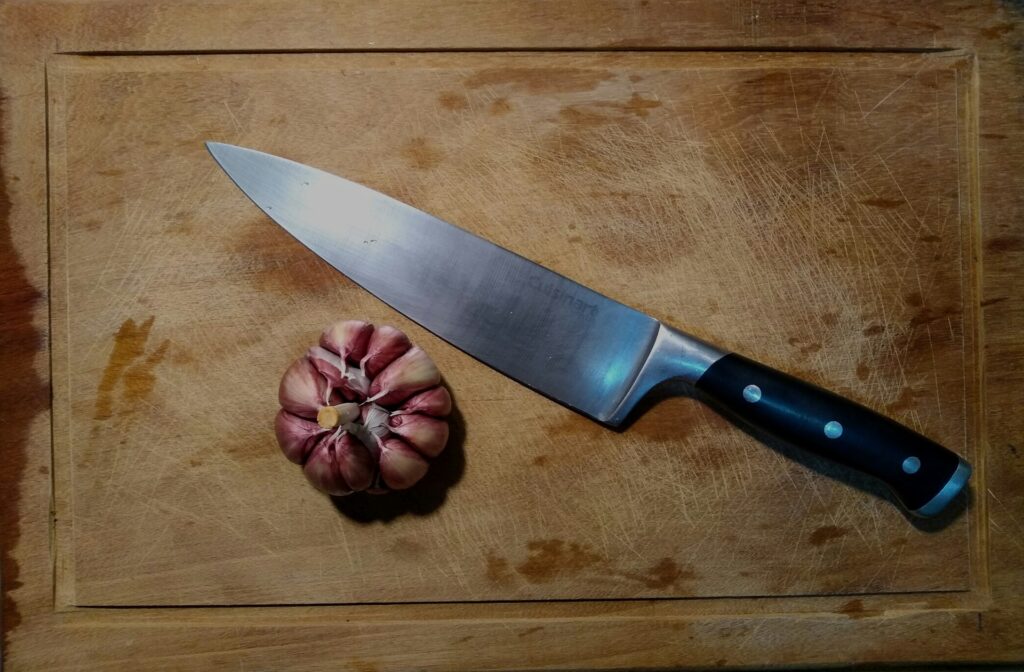
One major error is using a dull knife. Many believe it is safer, but it is not. A sharp blade needs less pressure, making slips less likely. Dull knives crush produce instead of slicing it cleanly, leaving ragged edges and uneven pieces. Over time, this can also damage delicate vegetables, removing their natural texture and appearance. Sharpening knives regularly helps prevent bad vegetable cutting habits and makes cooking faster and more enjoyable.
Ignoring Knife Grip
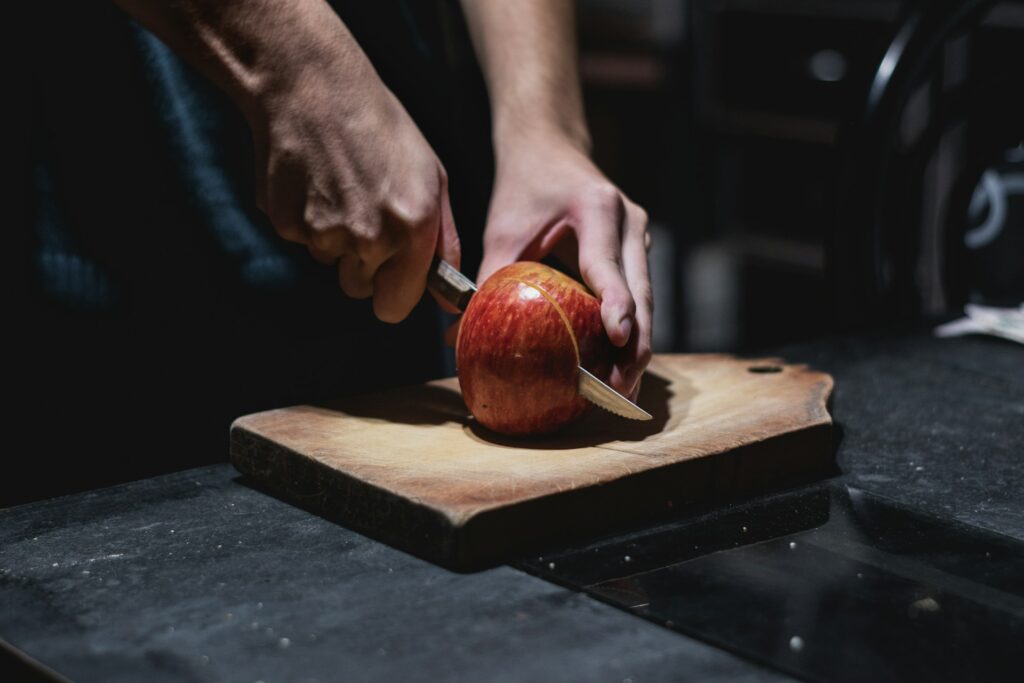
The way you hold a knife influences control and accuracy. Many wrap their whole hand around the handle, which weakens stability. Chefs prefer the pinch grip, where the thumb and index finger rest on the blade above the handle. This grip gives better control, preventing mistakes when chopping vegetables. Without it, slices often look jagged and uneven, and the knife may slip. Developing this grip takes practice, but once mastered, it makes every cut smoother and safer.
Forgetting the Claw Technique
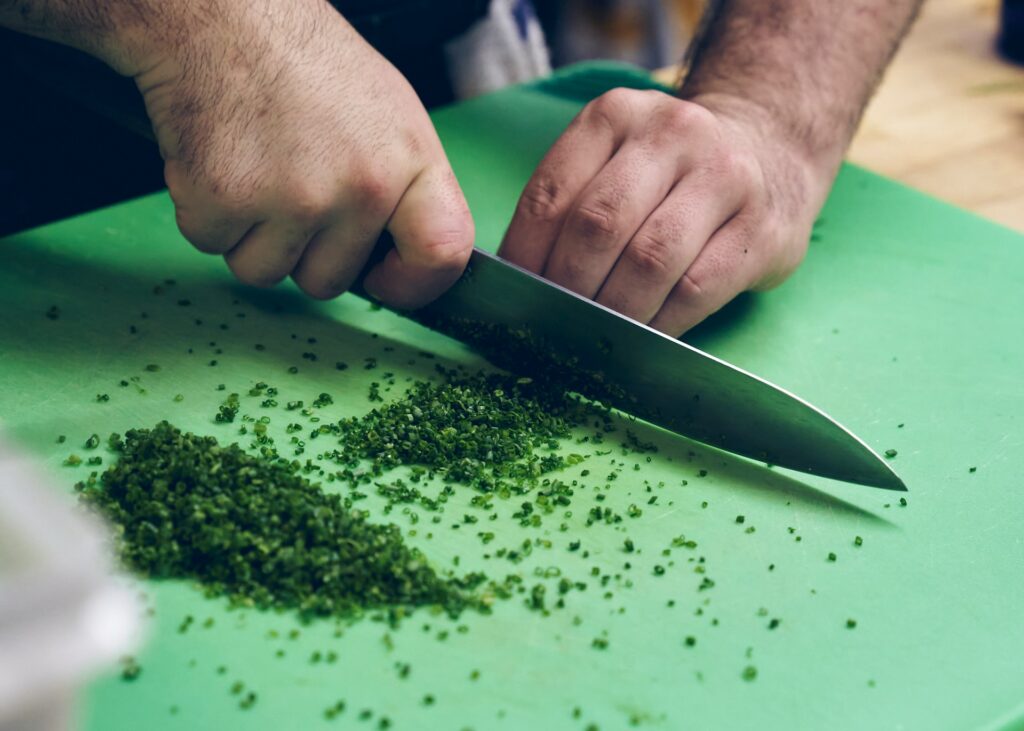
Fingers often get hurt because of poor hand placement. Many chop with flat fingers, which leaves them exposed. The claw technique prevents this problem. Curl your fingers inward and let your knuckles guide the knife. This keeps fingertips safe while also producing even slices. Ignoring this step is one of the most common improper chopping techniques. Using this method also improves speed in the long run because you move your knife with more confidence and control.
Cutting Vegetables the Wrong Size
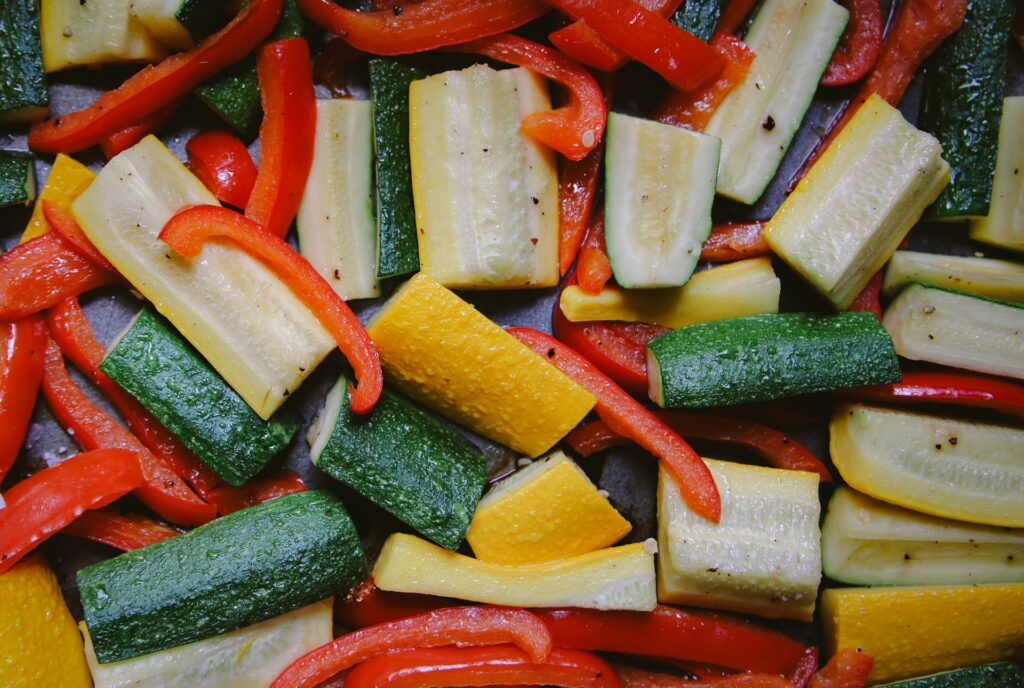
Consistency in size is crucial. Random cuts cause uneven cooking. Smaller pieces burn while larger ones remain undercooked. Even cuts make vegetables cook at the same rate, improving both flavor and texture. Whether you are preparing stir-fry, soup, or salad, aim for uniform size to avoid mistakes when chopping vegetables. Consistent cuts also make plating food easier, since dishes look neater and more appetizing when every piece is the same size.
Chopping on the Wrong Surface

Glass and metal cutting boards look modern but harm knives quickly. Hard surfaces dull blades, requiring frequent sharpening. Wood and plastic boards are safer and easier on knives. Choosing the right surface not only protects tools but also improves accuracy when slicing produce. The right cutting board also prevents slips, keeping your fingers safe while you work. Investing in a good board is a small change that makes a big difference in the kitchen.
Using the Wrong Knife
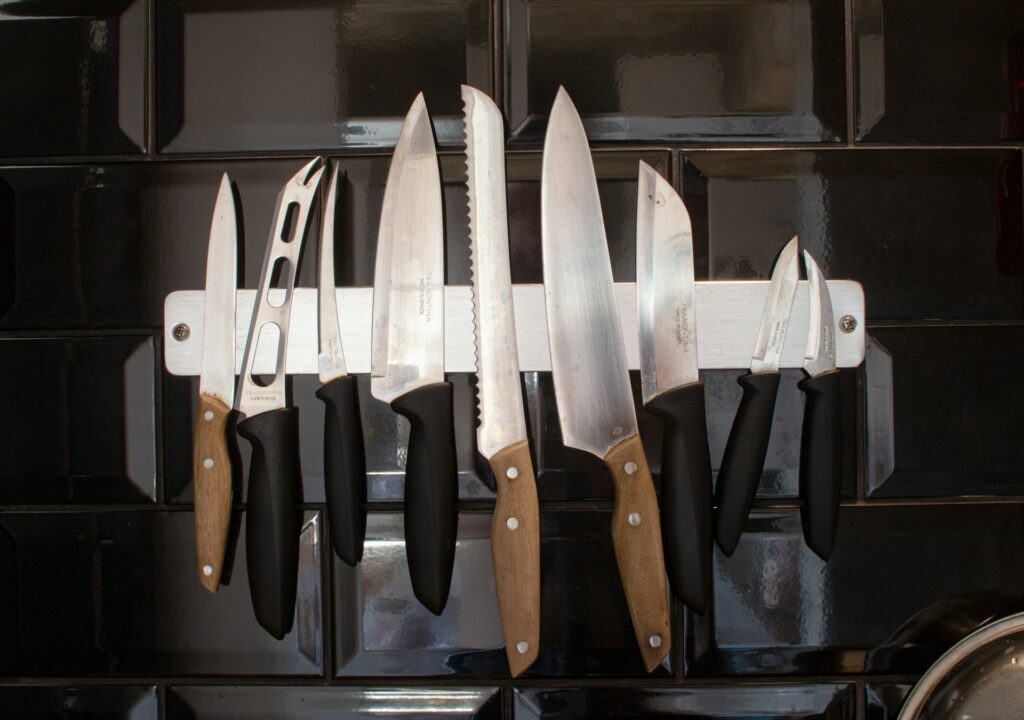
Not all knives suit every job. Many home cooks use one knife for everything, leading to frustration. A chef’s knife works well for most vegetables. Serrated knives are better for delicate produce like tomatoes. Using the correct knife makes cutting smoother and more efficient. It also helps prevent unnecessary damage to food, keeping ingredients fresh and visually appealing. Knowing when to switch knives is one of the easiest ways to fix incorrect knife skills.
Cutting Too Quickly

Speed often gives a false sense of skill. Rushing increases the chance of accidents and leaves slices uneven. Chefs develop speed only after building control. Focus first on accuracy and safe handling. With time, your pace will naturally improve without risk. Cutting too quickly often leads to waste as uneven pieces may not cook properly. Slowing down ensures every slice counts and makes cooking far less stressful overall.
Ignoring Vegetable Shape

Each vegetable has a natural shape that affects cutting. Carrots work well with angled cuts that expose more surface area. Leafy greens should be stacked and rolled before slicing. Ignoring structure leads to wasted pieces and awkward results. Respecting shape helps avoid incorrect knife skills and creates cleaner, more professional-looking cuts. Understanding shape also helps enhance flavor, since certain cuts release more natural juices and improve the overall dish.
Not Storing Vegetables Correctly
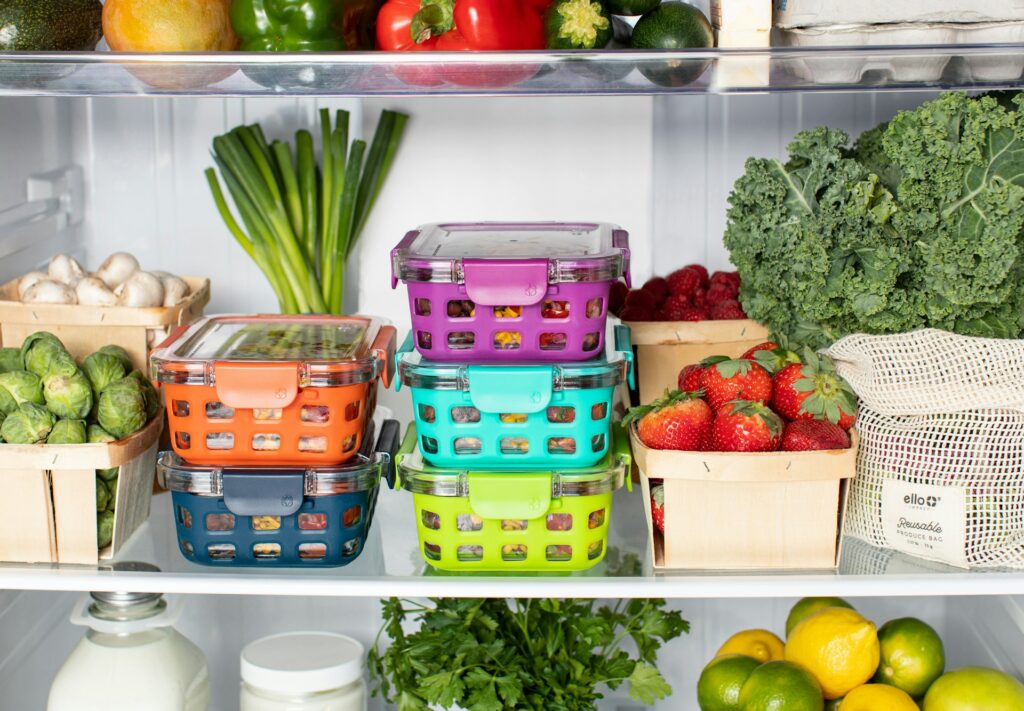
Mistakes often continue after cutting. Many leave vegetables uncovered in the fridge, which causes them to dry out and lose nutrients. They may also absorb odors from nearby foods. Storing chopped vegetables in airtight containers keeps them fresher for longer. This practice also saves time, since prepped vegetables are ready for quick meals. Proper storage ensures your hard work does not go to waste and reduces unnecessary food spoilage.
Overlooking Presentation
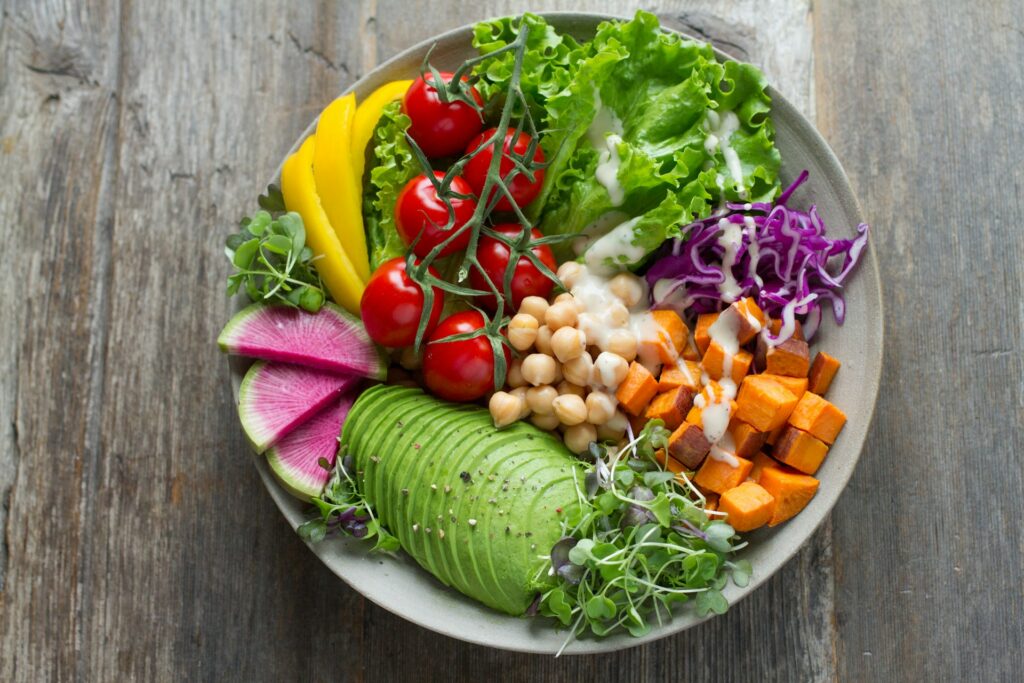
Cutting vegetables is not just about efficiency. Even slices make meals look professional and more appetizing. Salads stand out with evenly cut cucumbers, and stir-fries shine with uniform peppers. Presentation is part of the dining experience, and ignoring it is another sign of cutting vegetables wrong. Taking care with presentation also encourages healthier eating habits, since visually appealing meals often feel more satisfying.
Final Thoughts
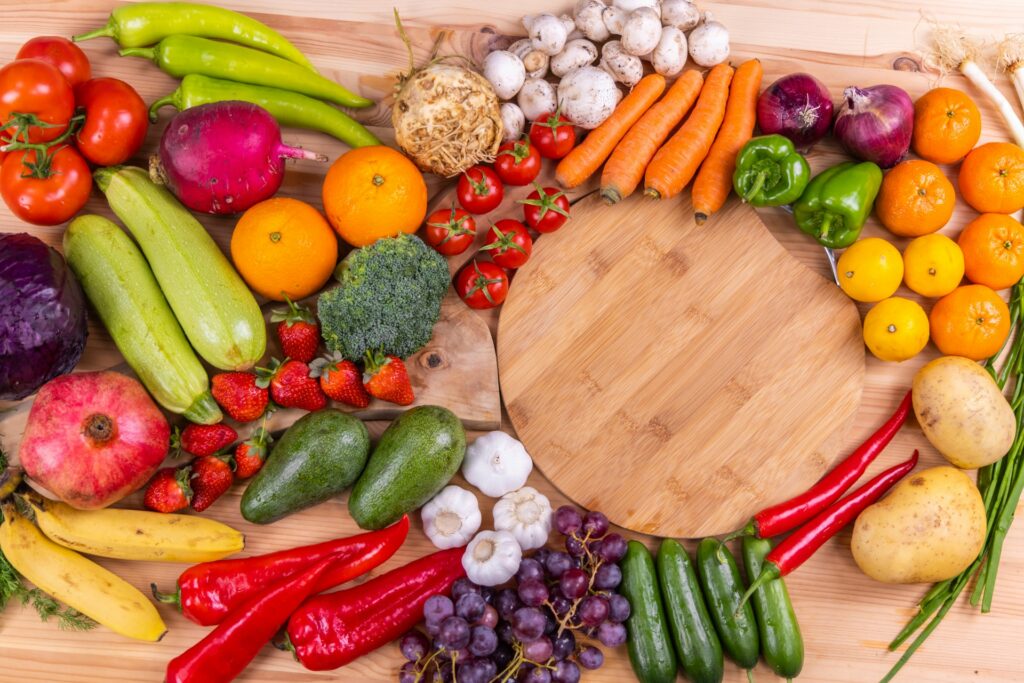
Cutting vegetables combines safety, efficiency, and artistry. Chefs cringe at common mistakes because they are so easy to correct. By sharpening knives, practicing the claw grip, and focusing on consistency, you can avoid cutting vegetables wrong and start cutting like a pro. Approach your knife with care, respect the shape of each ingredient, and store food properly. Doing so will transform both your cooking experience and the quality of every dish.
Disclaimer: This article was created with AI assistance and edited by a human for accuracy and clarity.

